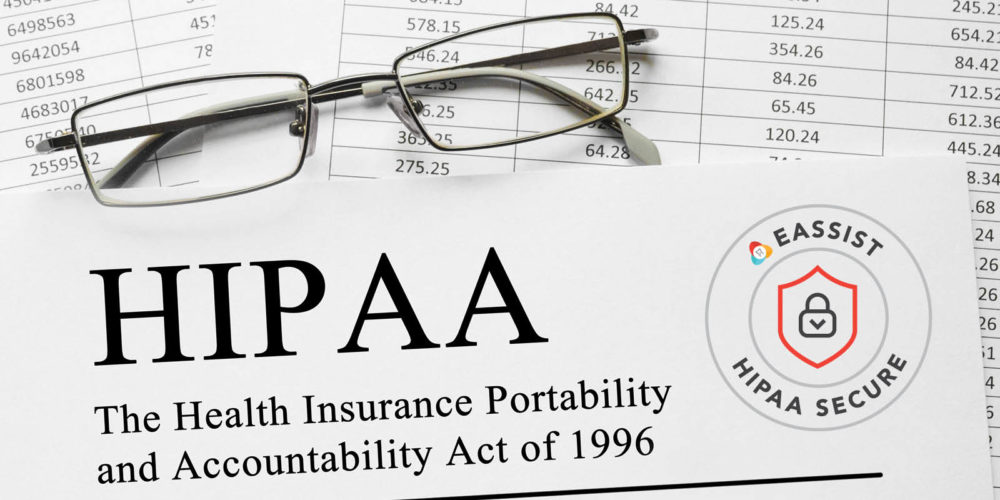Dental Insurance a Tricky Business for Experts
 Written by James V. Anderson, DMD, CEO, eAssist Dental Solutions
Written by James V. Anderson, DMD, CEO, eAssist Dental Solutions
In 1972, the cap on dental service reimbursement was $1000. For many carriers, it hasn’t increased since then. $1,000 would only purchase $177 in 2015. Conversely, it would require $5,660 in 2015 to cover the purchasing power of $1,000 in 1972.
Excerpt reprinted from AAID Winter edition 2016 by James V. Anderson, DMD
May 14, 2002, was an exciting date for endosseous dental implants and abutments because the FDA approved them. For decades dental implants have been safely placed and rigorously tested for the longevity of treatment and resulting long-term health benefits. That being said, where is dental insurance on this issue? According to the dental billing experts at eAssist, this issue is complicated.
Before a dental office sends the claim, whether for pre-estimate or for payment, a detailed process must be exactly followed, or the claim will be rejected or denied. The result can be a lengthy and complicated appeal. This process normally includes • Filing claims according to the insurance company’s guidelines, including • Correct payer ID • NPI number of the care provider • Proper codes (be aware of coding additions, deletions, and revisions), patient/subscriber information.
Some 10% to 30% of claims filed for implants are not coded correctly by the practices, according to our claims processors Note: Most dental software automatically updates code additions but not deletions or revisions. That usually falls to administrative staff to do manually.
It is important to have clinically excellent supportive material such as:
- Clinical notes in the form of SOAP (Subjective, Objective, Assessment and Plan)
- Supportive oral photo images, periodontal charting, quality radiographs
- Precise narrative
Insurance companies say that the pre-estimate is “not a guarantee of payment” even though, according to the contract, it is a covered benefit. That is because the claim will not be adjudicated through the payment process unless it matches the Processing Policy Manual. For example, a dental implant was a covered benefit, but the claim was denied because there was a missing tooth clause, and the tooth being replaced had been extracted prior to the date of coverage.
Watch for medical policies that have an embedded dental policy. The medical is billed first, a denial Explanation of Benefits (EOB) is sent to the dental policy. Medical/dental combo plans may be subject to a much higher deductible than dental plans. It is crucial to check the policy’s coverage, benefits, limitations, and exclusions.
Having implants covered by medical is a plus but must be billed correctly. Some policies will not reimburse for the implant but rather for an alternate treatment. Other policies will cover the restorative placed on the implant. The single unit abutment-supported or implant-supported crown is the most commonly paid treatment.
Appealing to dental insurance policies to pay for implant services is still daunted by the fact that the policy max of 1,000(average)-1,500 doesn’t fully cover the loss of teeth.
We do everything we can to help the patient get the 1,000 or applicable benefits they have available.





0 Comments